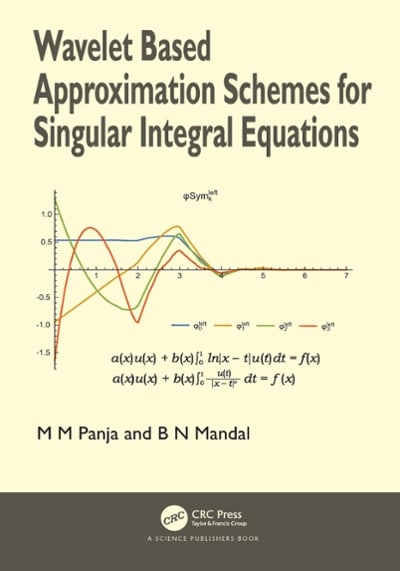Question
Inventories represent a considerable investment for every organization; thus, it is important that they be managed well. Excess inventories can indicate poor financial and operational
Inventories represent a considerable investment for every organization; thus, it is important that they be managed well. Excess inventories can indicate poor financial and operational management. On the other hand, not having inventory when it is needed can also result in business failure. The two basic inventory decisions that managers face are how much to order or produce for additional inventory, and when to order or produce it to minimize total inventory cost, which consists of the cost of holding inventory and the cost of ordering it from the supplier. Holding costs, or carrying costs, represent costs associated with maintaining inventory. These costs include interest incurred or the opportunity cost of having capital tied up in inventories; storage costs such as insurance, taxes, rental fees, utilities, and other maintenance costs of storage space; warehousing or storage operation costs, including handling, recordkeeping, information processing, and actual physical inventory expenses; and costs associated with deterioration, shrinkage, obsolescence, and damage. Total holding costs are dependent on how many items are stored and for how long they are stored. Therefore, holding costs are expressed in terms of dollars associated with carrying one unit of inventory for one unit of time. Ordering costs represent costs associated with replenishing inventories. These costs are not dependent on how many items are ordered at a time, but on the number of orders that are prepared. Ordering costs include overhead, clerical work, data processing, and other expenses that are incurred in searching for supply sources, as well as costs associated with purchasing, expediting, transporting, receiving, and inspecting. It is typical to assume that the ordering cost is constant and is expressed in terms of dollars per order. For a manufacturing company that you are consulting for, managers are unsure about making inventory decisions associated with a key engine component. The annual demand is estimated to be 15,000 units and is assumed to be constant throughout the year. Each unit costs $80. The company's accounting department estimates that its opportunity cost for holding this item in stock for one year is 18% of the unit value. Each order placed with the supplier costs $220. The company's policy to order whenever the inventory level reaches a predetermined reorder point that provides sufficient stock to meet demand until the supplier's order can be shipped and received; and then to order twice as many units. 2 Part I Part I should be completed in both Excel and R. Note that it's natural to obtain different results depending on the software. However, the two results obtained in Excel and R are not expected to differ significantly. As a consultant, your task is to develop and implement a decision model to help them arrive at the best decision. As a guide, consider the following: 1. Define the data, uncontrollable inputs, model parameters, and the decision variables that influence the total inventory cost. 2. Develop mathematical functions that compute the annual ordering cost and annual holding cost based on average inventory held throughout the year and use them to develop a mathematical model for the total inventory cost. 3. Implement your model on an Excel spreadsheet. Then in an R script file. 4. Use data tables to find an approximate order quantity that results in the smallest total cost. 5. Plot the Total Cost versus the Order Quantity 6. Use the Excel Solver to verify your result of part 4 above; that is, find the order quantity which would yield a minimum total cost. 7. Conduct what-if analyses by using two-way tables in Excel to study the sensitivity of total cost to changes in the model parameters. 8. In the word document, explain your results and analyses to the vice president of operations. Part II This part should be completed in R. Assume that all problem parameters have the same values as those in part I, but that the annual demand has a triangular probability distribution between 13000 and 17000 units with a mode of 15000 units. 1. Perform a simulation consisting of 1000 occurrences and calculate the minimum total cost for each occurrence. Next, use the results of your simulation to: (i) Estimate the expected minimum total cost by constructing a 95% confidence interval for it and determine the probability distribution that best fits its distribution. Verify the validity of your choice. (ii) Estimate the expected order quantity by constructing a 95% confidence interval for it and determine the probability distribution that best fits its distribution. Verify the validity of your choice. (iii) Estimate the expected annual number of orders by constructing a 95% confidence interval for it and determine the probability distribution that best fits its distribution. Verify the validity of your choice. 2. In In the word document, explain your results and analyses to the vice president of operations.
Step by Step Solution
There are 3 Steps involved in it
Step: 1

Get Instant Access to Expert-Tailored Solutions
See step-by-step solutions with expert insights and AI powered tools for academic success
Step: 2

Step: 3

Ace Your Homework with AI
Get the answers you need in no time with our AI-driven, step-by-step assistance
Get Started


